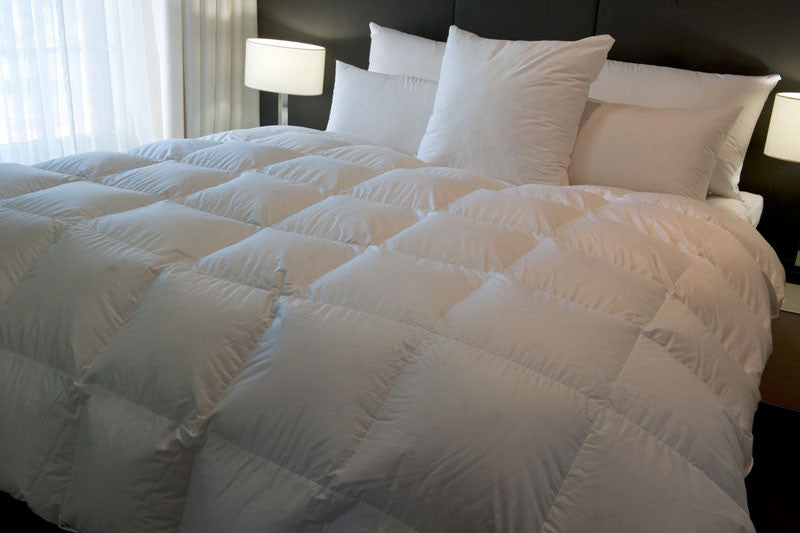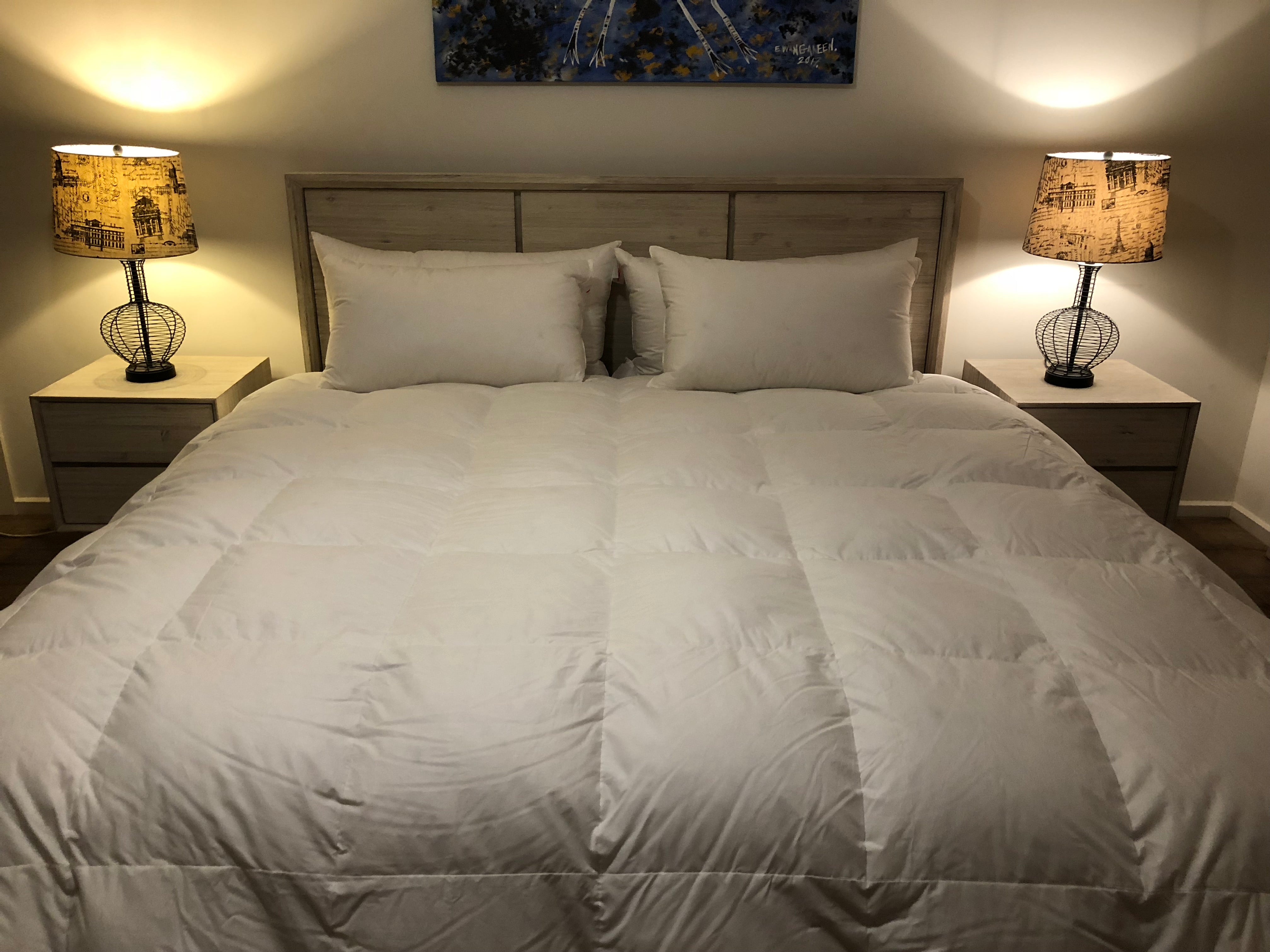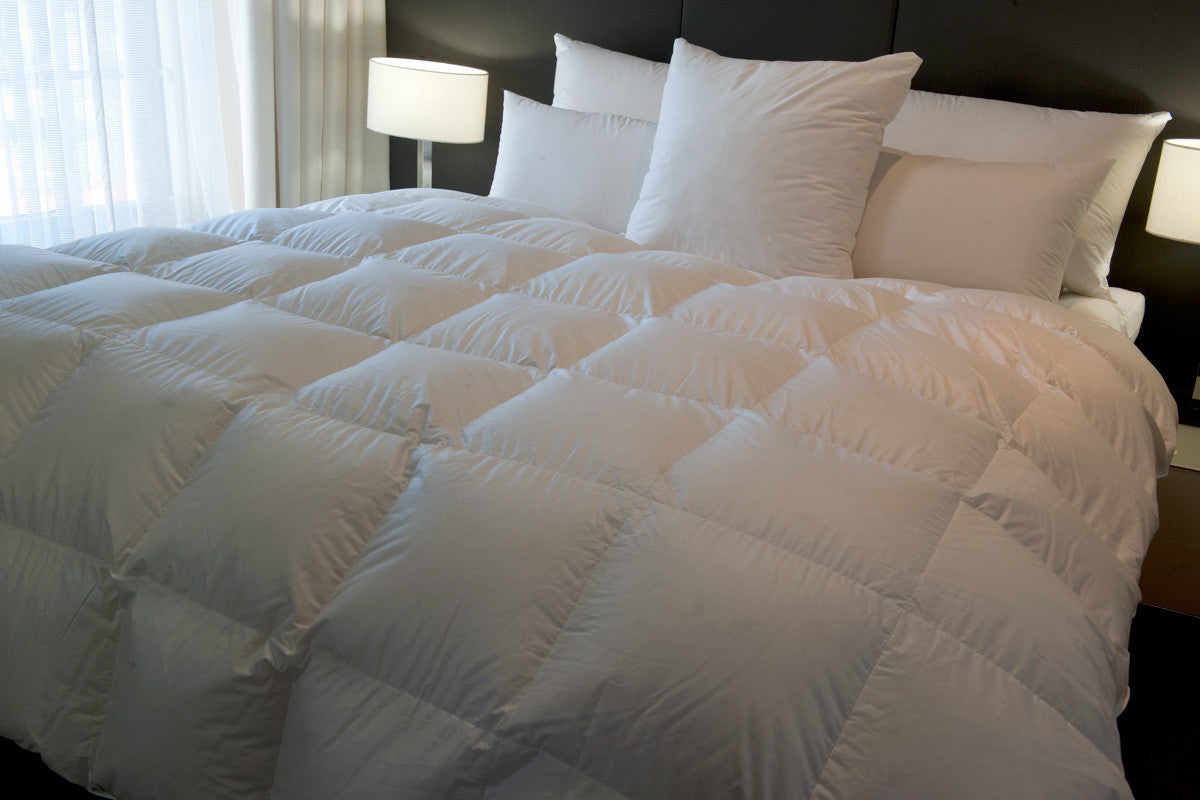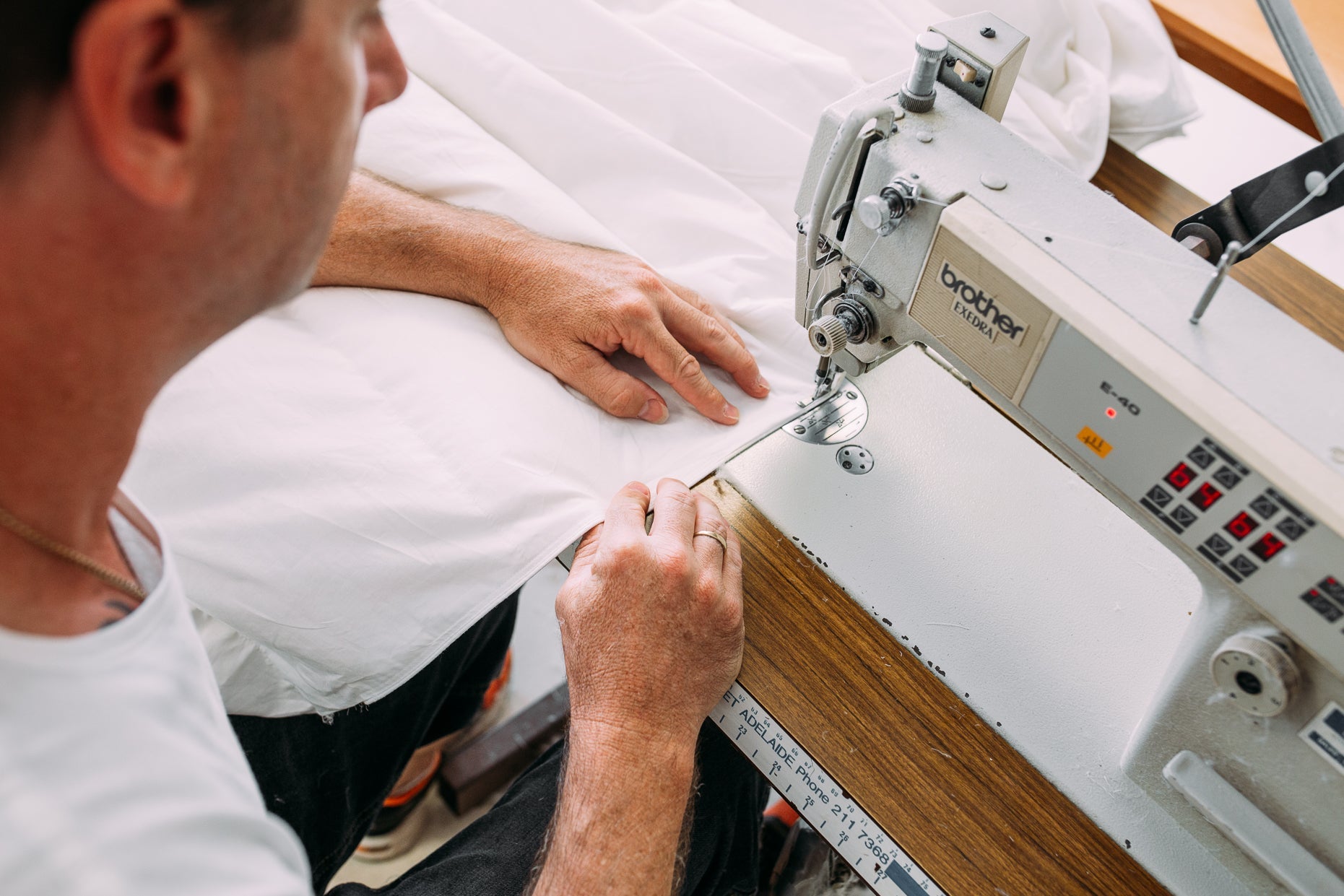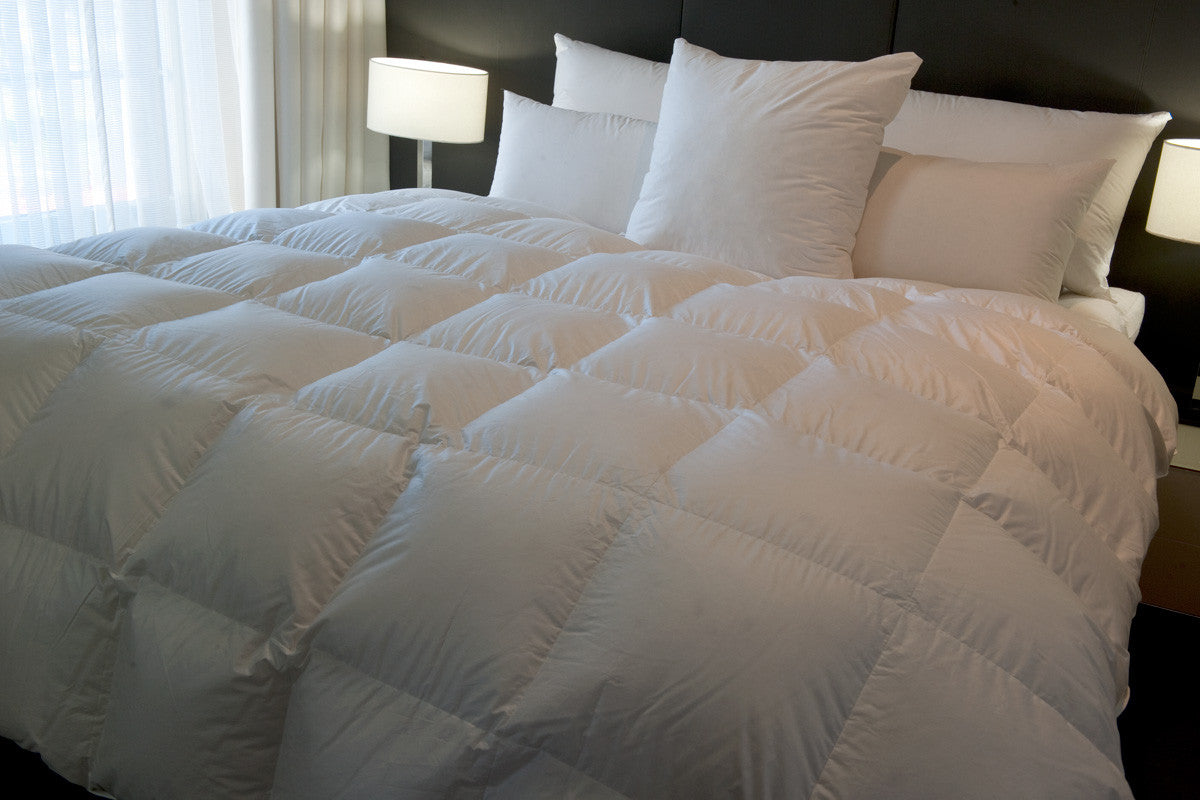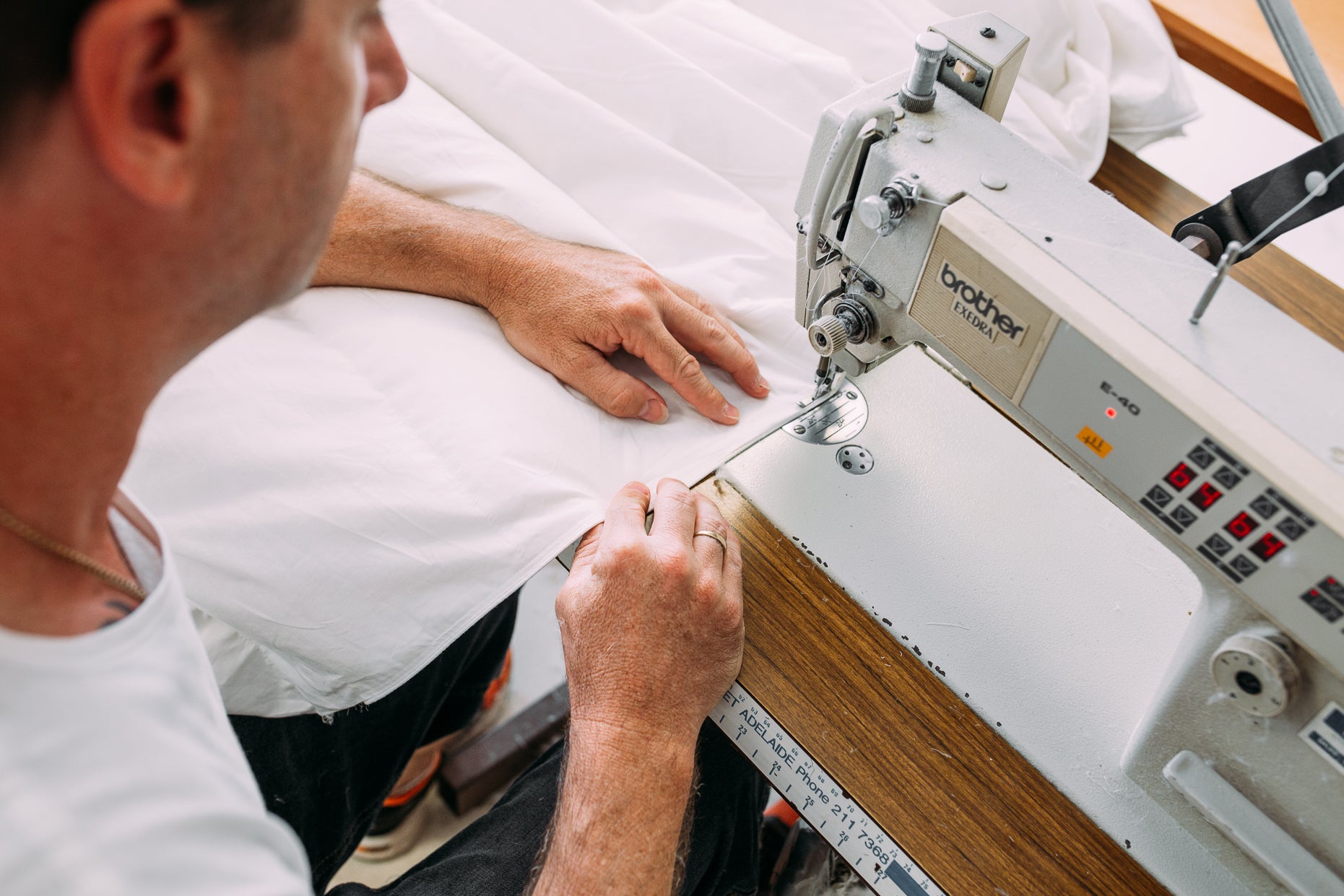
Are Down Bedding Products Hypoallergenic?
Down bedding has long been admired for its luxurious softness, impressive warmth and lightweight comfort. Yet many Australians still hesitate when choosing a down quilt because they’re unsure whether it’s suitable for people with allergies or sensitivities. The good news is that premium, well-processed down can absolutely be hypoallergenic when paired with the right construction and fabric. In fact, high-quality down quilts are often cleaner, safer and more breathable than many cheaper synthetic alternatives. This guide explores what makes down hypoallergenic, how to compare different products and which features matter most for households that prioritise hygiene, comfort and long-term performance.
Frequently Asked Questions
Are down quilts naturally hypoallergenic?
Down isn’t automatically hypoallergenic in its raw form, but it becomes extremely low in allergens once it has been thoroughly washed, sterilised and sorted. When premium down undergoes rigorous multi-stage cleaning, the dust, oils and organic matter that typically cause irritation are removed. The result is a clean and lightweight fill that many sensitive sleepers can comfortably enjoy.
Can dust mites live inside down bedding?
No. Dust mites do not live inside down clusters. They thrive in warm, humid environments with skin flakes—not inside the natural fibres of down. When a quilt uses a dense, tightly woven fabric shell such as cotton cambric or German batiste, mites cannot penetrate the casing, making the outer fabric just as important as the cleanliness of the down itself.
Is down better for allergies than synthetic fills?
In many cases, yes. Cheap synthetic fibres can trap dust, flatten over time and create the warm, humid conditions that encourage mite activity. Clean, premium down on the other hand is breathable, naturally insulating and less prone to trapping airborne particles. When processed correctly, down can be a healthier and more comfortable choice for allergy-prone sleepers.
What certifications guarantee hypoallergenic quality?
Look for verified standards such as Oeko-Tex, Downafresh, NOMITE and Hypoallergenic labels. These certifications confirm that the quilt has passed independent testing for hygiene, harmful substances, dust-mite resistance and overall cleanliness. They are one of the most reliable ways to assess whether a quilt is genuinely safe for sensitive users.
Does proper maintenance impact allergens?
Absolutely. Using a duvet cover, shaking the quilt daily, and airing it in indirect sunlight helps prevent dust build-up. Proper care also preserves the loft, breathability and lifespan of the quilt. With the correct maintenance routine, a premium down quilt can remain clean, comfortable and supportive for more than ten years.
Key Features to Consider
-
Multiple washing cycles to remove oils, dust and impurities
-
Dense fabric shells, such as cambric or German batiste
-
High fill power for warmth, loft and breathability
-
Verified certifications for hypoallergenic safety
-
Durable stitching that prevents clumping and cold spots
-
Care requirements suited to your home, climate and lifestyle
Understanding Down Bedding for Allergy-Sensitive Sleepers
Down bedding can be an excellent choice for people with sensitivities when purchased from a reputable manufacturer that prioritises hygiene and quality. Hypoallergenic down quilts rely on two key factors: extremely clean fill and tightly woven fabric that prevents dust infiltration. Australian households value down because it performs well across seasons—warm in winter, breathable in summer—and because high-quality down rarely traps moisture or heat. When sourced responsibly and cleaned to international standards, down becomes an incredibly safe, comfortable and long-lasting bedding type, even for many allergy-prone individuals.
Allergen Source Clarification
Many people assume they’re allergic to down itself when, in reality, they are reacting to the impurities found in poorly processed products. True down allergies are extremely rare. The issue usually arises when manufacturers fail to wash the down thoroughly, leaving behind dander, dust or broken feather fragments. Reputable suppliers such as Supreme Quilts use multi-stage washing systems with sanitised water and specialised detergents to remove these irritants completely. This ensures the fill consists only of clean, resilient down clusters that provide warmth without carrying the debris that triggers reactions.
Premium down is also carefully sorted to remove sharp quills, debris and feather fragments. This sorting process produces a cleaner, softer and more uniform fill. Cheaper down quilts often skip these steps, which is why some people believe they’re “allergic to down” when they’re actually reacting to the contaminants found in low-grade products. Clean, well-processed down is one of the most comfortable and allergy-friendly natural bedding options available today.
Importance of Fill Power & Cleanliness
Fill power is one of the strongest indicators of insulation quality. It measures how effectively the down traps air to provide warmth. Higher fill-power down typically sourced from mature birds contains larger, softer clusters that expand naturally, creating warmth without weight. These larger clusters also tend to hold fewer impurities and dry more thoroughly during processing.
Cleanliness ratings work alongside fill power to determine the overall quality of the quilt. Premium manufacturers wash their down repeatedly to meet strict international hygiene standards. When high fill power is paired with high cleanliness, the result is a quilt that feels light, breathable and gentle on sensitive skin while still providing exceptional warmth. Australian buyers benefit greatly from understanding these factors, as they help match the right quilt loft to the local climate whether humid, cool, dry or coastal.
Certified Hypoallergenic Standards
Independent certifications are essential for buyers wanting reassurance that their quilt meets reputable safety and hygiene benchmarks. Oeko-Tex certification verifies that no harmful chemicals are present in the fill or fabric. Down afresh certification ensures the down has been cleaned to rigorous European standards. The NOMITE label is especially helpful for asthma sufferers, as it confirms that the quilt’s outer fabric acts as a natural dust-mite barrier.
Brands like Supreme Quilts proudly display these certifications to demonstrate transparency, quality and long-term reliability. These labels help buyers compare products objectively and avoid marketing claims that lack evidence. For households seeking safe, dependable bedding, certified quilts offer the highest level of confidence.
Construction & Fabric Barriers
The construction of a quilt dramatically influences its long-term hygiene and comfort. Clean down alone is not enough the fabric shell must be tightly woven to prevent dust and mites from entering. Cotton cambric and German batiste are popular choices because they offer natural dust-mite resistance while remaining highly breathable.
Stitching style also affects the quilt’s performance. Box-wall construction keeps fill evenly distributed, reducing clumping and maintaining consistent insulation. Channel-stitched quilts allow warmth to be shifted seasonally, which is especially beneficial for homes in areas where temperatures fluctuate throughout the year. High-quality stitching ensures the quilt maintains its loft, shape and cleanliness over time, reducing the need for constant maintenance.
Alternative Fills Comparison
Although premium down is often the best overall choice, alternative fills offer unique benefits. Microfibre is lightweight and affordable but can trap heat. Bamboo blends are breathable and naturally antimicrobial, making them ideal for humid climates. Wool provides excellent temperature regulation and natural dust-mite resistance, though it’s typically heavier and may feel dense to some sleepers.
Each fill type has advantages, but none match down’s combination of warmth-to-weight ratio, long-term resilience and natural comfort. Households seeking a light, breathable, allergy-friendly quilt often find that clean, certified down remains the superior option for both everyday comfort and long-term value.
Care, Maintenance & Longevity
Proper care is essential for preserving the hypoallergenic qualities and comfort of a down quilt. A high-quality duvet cover serves as the first protective layer against dust. Shaking the quilt daily restores loft and keeps the fill evenly distributed. Airing the quilt outside in gentle sunlight helps remove moisture and freshen the fibres. Avoid compressing the quilt for extended periods, as this can damage the delicate clusters and reduce warmth. With consistent care, a premium down quilt can last well over a decade while maintaining softness, loft and overall cleanliness. If you ever need advice choosing or caring for your bedding, feel free to contact us for personalised guidance.

